

 TERRY SMITH recounts the history of one of the first hatchbacks.
TERRY SMITH recounts the history of one of the first hatchbacks.
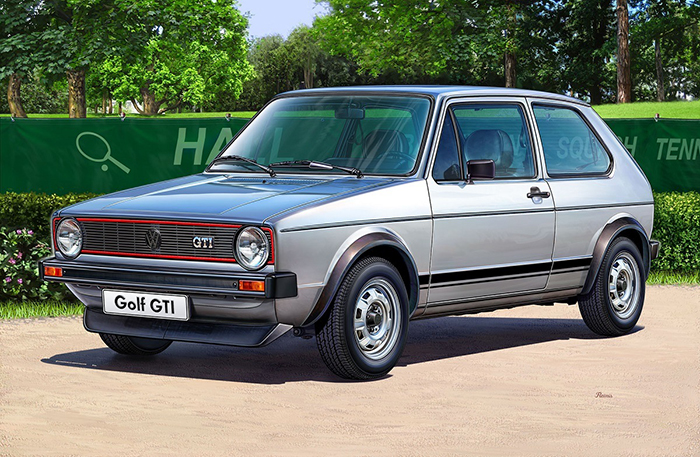
When you usually see that phrase, it conjures up images of the Rolls Royce Silver Ghost, Bentley 4.5lt, or the Ferrari Testarossa, but the Volkswagen Golf? Well, an icon can be measured in many ways and this one is regarded as the first of the modern-day, front wheel drive hatchbacks.
It is almost inconceivable that the first Golf was the direct replacement for the mega-successful Volkswagen Beetle. The Golf first hit the streets in 1974 and was offered as a three-door hatchback, but market pressure soon saw a five-door version being produced by the German company. For some strange marketing reason, in one of its largest markets, it was initially called the Rabbit in the US!
Over the nine years that MkI Golf was produced, the range expanded with a soft top cabrio and even a Golf-based pick-up known as the Caddy. In 1979, they even released a saloon version known as the Jetta, which, although maybe not as popular as the other variants, even now has a cult status with VW fans. The company was to bring out their jewel in the crown as far as the Golf was concerned - the fabulous GTi. It re-wrote the rule book on sporty cars and spawned the term ‘Hot-Hatch’. It was light and nimble and fitted with a 1.6 Bosch fuel injected engine which could do 110mph. Good condition early cars fetch very high sums today. Of note, the Golf was one of the first of its type to be offered with diesel engines, a popular trend that continues to this day.
In 1983 Volkswagen replaced the Golf with a larger, heavier, and slightly rounded version, and while the most models swapped to the new body styles, the Cabrio and the Caddy pick-ups remained based on the Mk1 style well into the 1990s. To overcome some of the added weight, the GTi was now fitted with a 1.8 fuel injected engine with the 16v version now pushing the car more than 135mph. During the lifespan of this version VW also produced a five-door estate, and the saloon became known as the Vento.
The MkII remained in production until 1991 and this time the Cabriolet was replaced by a new version based on the new MkIII Golf. This incarnation again just grew in size, although it was still instantly recognizable as being a Golf. Although the range remained pretty much the same as before, the saloon again got a name change and was now known as the Bora. Turbos were also an option on the diesel cars, giving the Golf higher performance yet keeping great fuel consumption.
The MkIII morphed into the MkIV in 1997 and was available in this shape for 6 years, which saw the introduction of not only the 2.8V6 with all-wheel drive, but also turbocharged petrol sporty models. In 2003, the MkV hit the showrooms and a trend that saw ever decreasing life cycles, this one lasted until the MkVI of 2008 - although purists would call it the MK5 and a half, as the car was not totally new, being based on the previous car’s chassis.
During the period between the late 1990s and onto the MkVII (which went on to 2018), we saw huge increases in both in economy and in performance as electronic technology and turbocharging became a major factor. VW offered some of the most powerful versions of the Hot Hatch ever seen, in the likes of the 315BHP Golf R which, while limited to 155mph, can hit 60mph in 4.5 seconds. The new MkVIII has been with us since 2019, although a totally modern car with electric motored derivatives, you can trace its Golf lineage right back to 1974 - the original Beetle in its lifetime sold 21.5 million. By 2013 the VW Golf had topped 30 million and is still going strong - icon indeed!
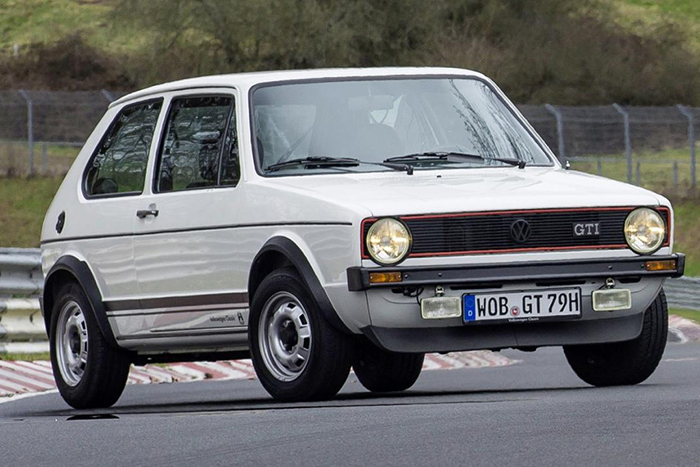
This is where it all began - not only did the Golf created the term hatchback, but in one foul swoop they also gave us the Hot Hatch too. This is the Mk1 Golf GTi, note the plastic wheel arch extensions and the lower front lip spoiler.
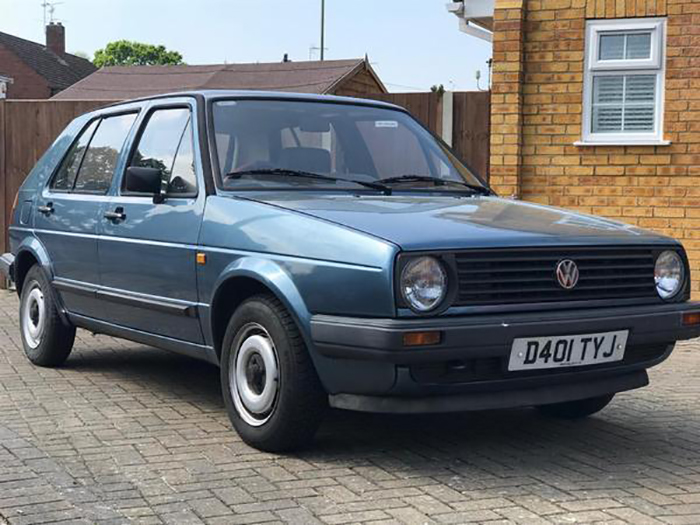
Slightly more rounded in shape was the MkII - introduced in 1983. This is a 5-door and was the last time we saw round headlamps on VW’s best seller.
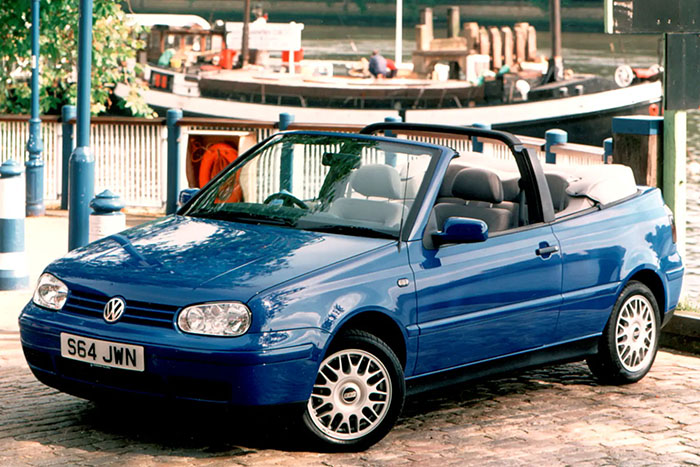
While there was no MkII Cabrio, this changed in 1991 when VW introduced the MkIII complete with a new Cabrio in the range. These were built by Karmann, as was Ford’s Escort Cabriolet in Germany.
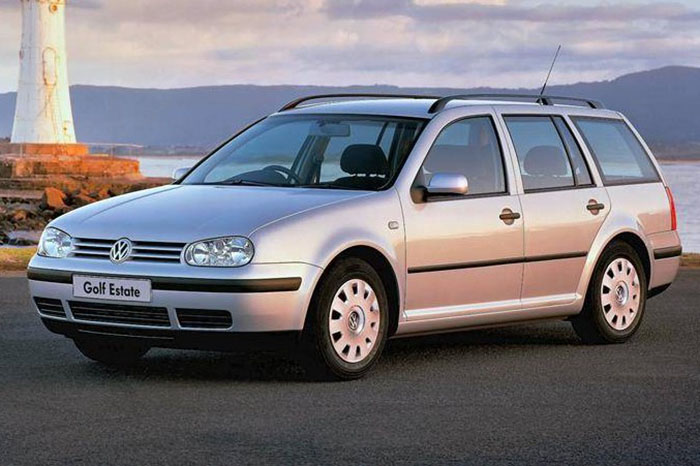
Getting increasingly larger was the MkIV version of the 1997 Golf and this is the estate car often known as the Variant.
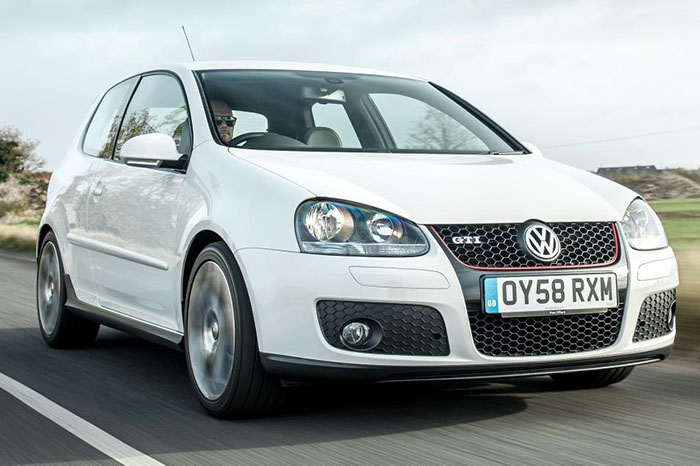
While this is the fifth version of the Golf it is still recognisable; this is a more updated version of the popular GTi introduced in 2003.
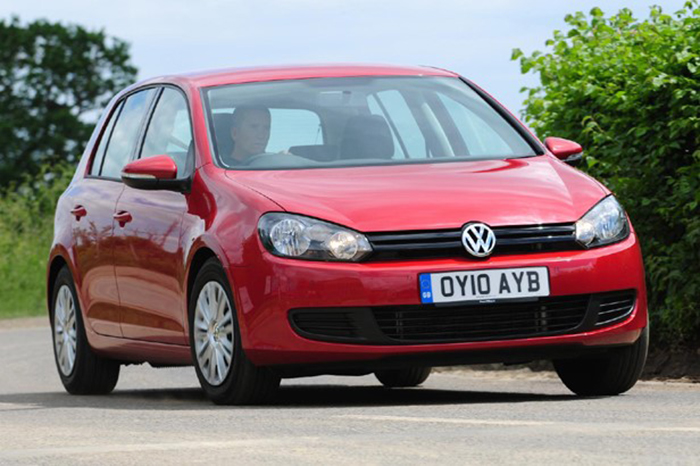
By the time the MkVI was in the showrooms in 2008, it was possibly just starting to look a little bit like so many other cars on the road.
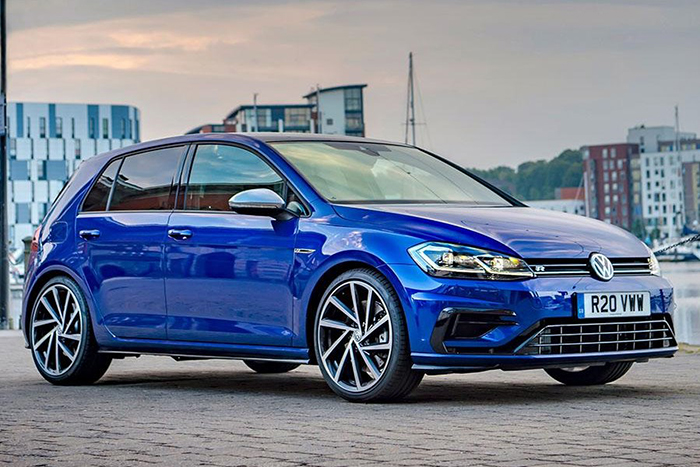
While not drastically different in shape from its predecessor, this MkVII Golf R looks rather tasty. While it might look understated, it can hit 60 in just 4.5 seconds. Not that long ago that was supercar performance.
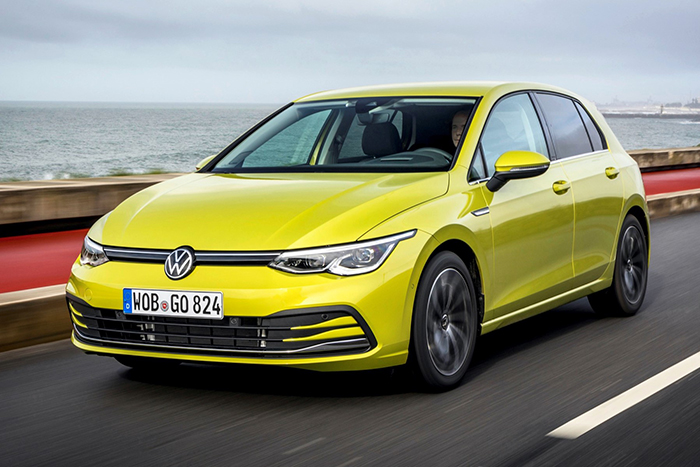
Still quite new on the UK roads, the latest Golf again borrows styling cues from the previous two versions, with maybe just the lights giving the MkVIII a more modern look.